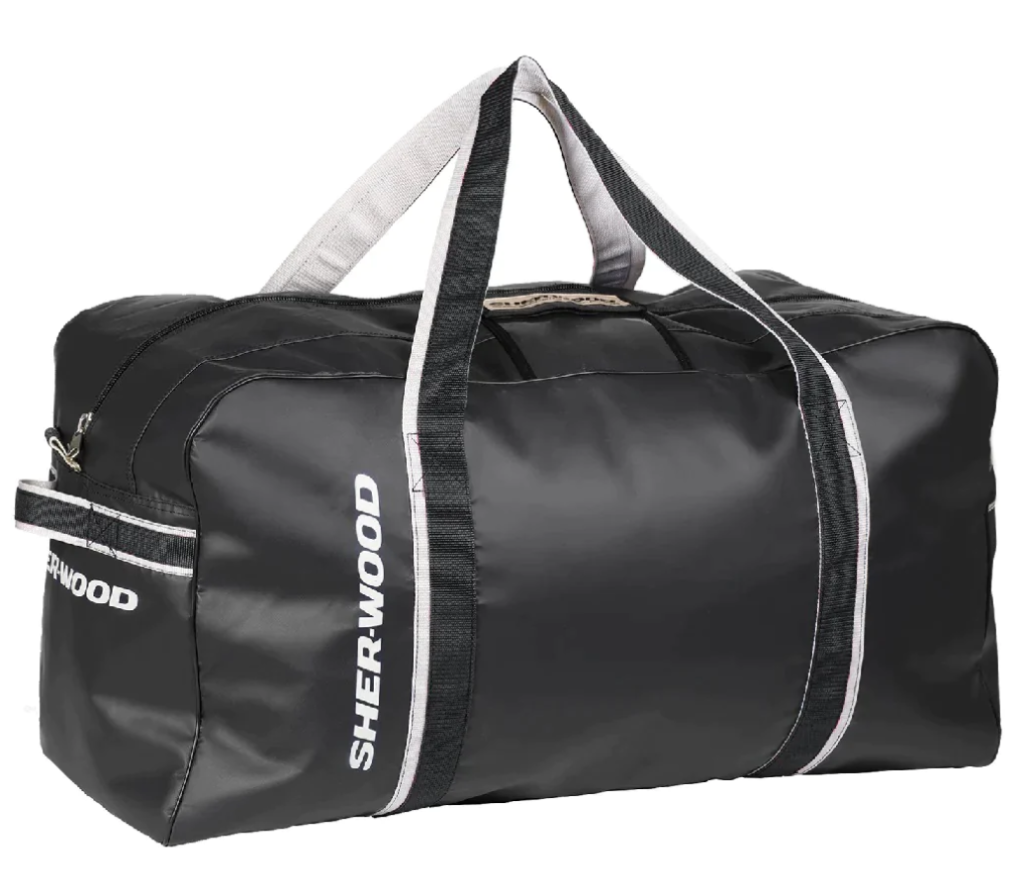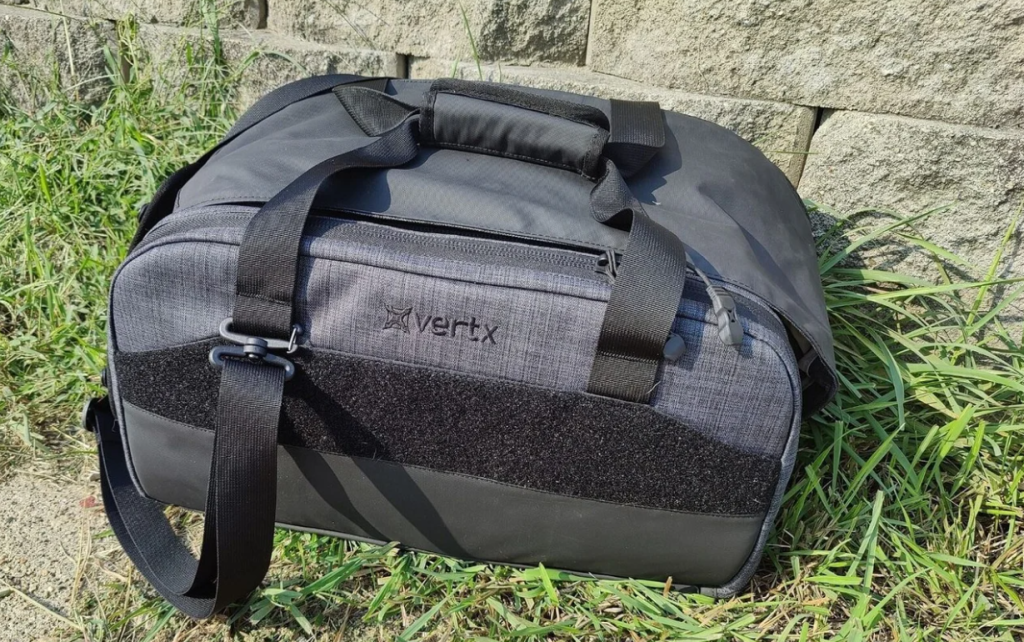Lunchtime Upgrade: Discovering the Best Lunch Bag for Men
Top 10 best lunch bag for men – Are you tired of carrying your lunch in a flimsy, uninspiring bag that barely gets the job done? Well, worry no more because we’ve got you covered […]
Lunchtime Upgrade: Discovering the Best Lunch Bag for Men Read More »












